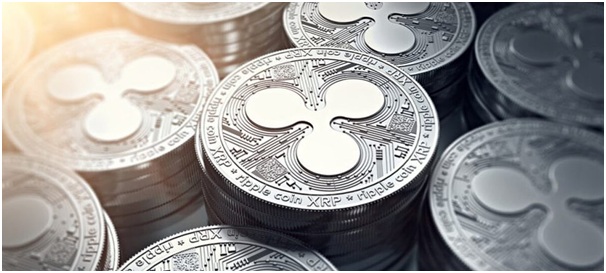Crypto coins have been around for 10 years now. In this short period of time, there’s one thing that they undeniably managed to do:
Change industries with their revolutionary technologies.
Now let’s take a look at the greatest innovations in crypto thus far.
-
Blockchain
Firstly, let’s discuss the first innovation in the crypto space, blockchain.
Blockchain is the brainchild of Satoshi Nakamoto, the founder of Bitcoin, and was introduced in 2009 along with the first crypto coin.

By definition, blockchain is a list of blocks that are linked by using cryptography.
These blocks store information that differentiates them from other coins (hash code). This code gives us the ability to tell blocks apart from each other.
They also contain data about the performed transaction. The stored data in the block is usually the date, time of the transaction and the persons that participated in it.
Currently, Blockchain is used in healthcare, data management, retail, insurance and many other industries. It also has a very bright future ahead.
-
Smart contracts
Smart contracts were introduced to the crypto market in 2015 with the rise of Ether. Smart contracts were invented to help users in the process of exchanging anything valuable in a transparent way without third party involvement.

Smart contracts define the standards of the agreement automatically enforcing them.
The first crypto coin that implemented smart contracts was Ethereum and many more followed after it creating more advanced and secure platforms for smart contracts.
Nowadays smart contracts are considered as a way to secure the voting system and pay employees and customers in the near future.
-
ICO
Along with smart contracts, Ethereum also introduced initial coin offerings (ICO). An ICO is a crowdfunding method, which sells “tokens” for fiat or other crypto-assets such as Ether or Bitcoin. (However, one can’t buy crypto-assets with ICOs.)
In some ways, ICOs (Bytom, Maker, etc.) are similar to IPOs (Initial Public Offering), which is a method of selling the company’s stock to raise funds.
A negative aspect of ICOs is that they are highly unregulated and have been used for many frauds and scams in the past. Governments throughout the world don’t have much trust in ICOs either.
-
Ripple network
Ripple (XRP) is a crypto-asset that was issued in 2012 by the company Ripple. 20% of all existing XRP coins were given to the creators. Ripple is an open source payment system and also the digital asset used within that same system. The XRP digital asset differs from others in that it is pre-mined.
The Ripple platform, on the other hand, allows seamless and fast transactions in both fiat and cryptocurrency. In this system, XRP acts as a bridge currency to other currencies. The network runs with neither proof-of-work nor proof-of-stake system, but rather has its own protocol.

Ripple is considered an upgrade on the traditional financial system. The transaction time on the Ripple platform is severely shorter than that of banks. It is particularly impressive when we compare international transactions via banks and the Ripple network.
Right now, XRP has the third biggest market cap in the crypto space after BTC and Ether. Your XRP coins can be easily tracked with a crypto tracker.
It’s also notably the first blockchain-based platform that achieved mainstream adoption by financial institutions and is rumored to replace SWIFT in the near future.
In conclusion, crypto-assets have done so much more than creating a digital currency. They brought about revolutionary changes in many fields ranging from healthcare to finance. And this is just the beginning. If you want to be part of this revolution and trade crypto, look into this crypto portfolio tracker guide to make trading more convenient.

